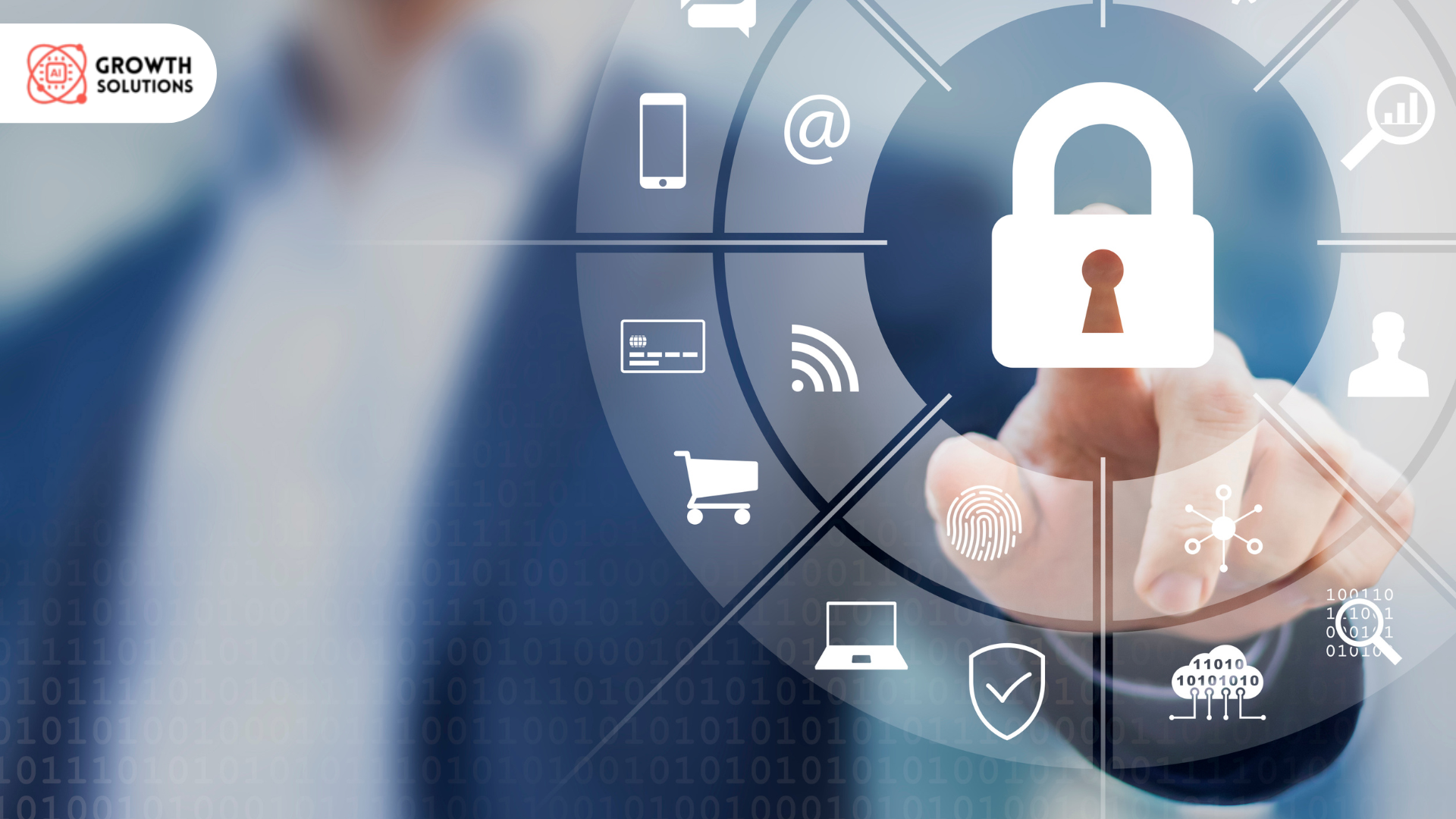18554493114
Call us for any question.
- support@aigrowth-solutions.com
- 349 Blue Point Rd Farmingville, NY 11738,USA
Call us for any question.
18554493114
Search for products
Blog Detail
- Home
- Blog
- Details
What are the Security Concerns With Iot?
The Internet of Things (IoT) has revolutionized how we interact with technology, integrating smart devices into our daily lives and transforming various industries. IoT encompasses a vast network of interconnected devices that communicate and exchange data, enhancing efficiency and convenience. However, with this advancement comes significant security concerns that must be addressed to protect sensitive information and maintain user trust. At AI Growth Solution, we prioritize securing IoT installations to ensure our clients' systems are robust and resilient against threats.
Common IoT Security Issues
One of the primary challenges in IoT security is the need for more standardization. IoT devices often come from manufacturers with different security protocols, leading to inconsistencies and vulnerabilities. Additionally, many IoT devices suffer from insufficient authentication and authorization mechanisms, making them susceptible to unauthorized access. Data privacy and confidentiality are also significant concerns, as IoT devices collect vast amounts of personal information. Vulnerabilities in firmware and software further exacerbate these issues, providing entry points for malicious actors.
Specific Security Threats in IoT
IoT devices face numerous specific security threats. Malware and ransomware attacks can compromise devices, disrupt operations, and extort users. Denial of Service (DoS) and Distributed Denial of Service (DDoS) attacks can overwhelm IoT networks, causing service outages and affecting connected systems. Man-in-the-middle (MitM) attacks intercept communications between devices, potentially altering data or stealing sensitive information. Physical security threats, such as device tampering, pose additional risks, especially in industrial IoT applications.
Privacy Concerns in IoT
Privacy is a critical issue in IoT security. Many IoT devices collect and share extensive data without explicit user consent. This data collection raises concerns about how personal information is used and protected. Users must have control over their data and understand how it is being utilized. The risks of personal data exposure are significant, as breaches can lead to identity theft, financial loss, and other serious consequences.
Challenges in Securing IoT Devices
Securing IoT devices presents unique challenges due to their resource constraints. Many devices have limited processing power and memory, making it challenging to implement robust security measures. Additionally, the scalability of security solutions is a concern as the number of connected devices grows exponentially. Interoperability issues further complicate security efforts, as devices from different manufacturers must work together seamlessly while maintaining secure communications.
Best Practices for IoT Security
Implementing best practices is essential to enhance IoT security. Robust authentication mechanisms, such as multi-factor authentication, can significantly reduce the risk of unauthorized access. Regular software updates and patch management are crucial to address vulnerabilities promptly. Data encryption techniques protect sensitive information during transmission and storage. Secure boot and firmware integrity checks ensure devices operate with trusted software. Network security measures, including firewalls and intrusion detection systems, provide additional layers of protection.
Regulatory and Compliance Issues
Regulatory and compliance issues play a vital role in IoT security. Various regulations, such as the General Data Protection Regulation (GDPR) and the California Consumer Privacy Act (CCPA), set data protection and user privacy standards. IoT manufacturers must comply with these requirements to avoid legal penalties and maintain consumer trust. Compliance with regulations also drives the adoption of robust security practices, enhancing the overall security posture of IoT systems.
Future Trends in IoT Security
The future of IoT security lies in emerging technologies and innovative approaches. Predictive security analytics can identify potential threats before they materialize, enabling preemptive action. Artificial intelligence (AI) and machine learning (ML) are becoming integral to IoT security, automating threat detection and response. These advancements promise to enhance the security of IoT systems, ensuring they remain resilient in the face of evolving threats.
Conclusion
In conclusion, addressing the security concerns associated with IoT is paramount for this transformative technology's continued growth and adoption. At AI Growth Solution, we are committed to providing secure IoT installation services that protect our clients' systems and data. By understanding and mitigating the various security risks, we can unlock the full potential of IoT while ensuring a safe and trustworthy environment for users. The future of IoT security is promising, and with ongoing efforts and innovations, we can build a more secure, connected world.
Category
IOT Installations
Previous Post
What are the Future Trends in IoT?
As the world becomes increasingly connected, the Internet of Things (IoT) continues to evolve, shapi...
Next Post
Why Is My IoT Device Not Connecting?
In an increasingly interconnected world, Internet of Things (IoT) devices have become integral to ou...
Today's businesses span borders, requiring versatile solutions.



 Admin
Admin
